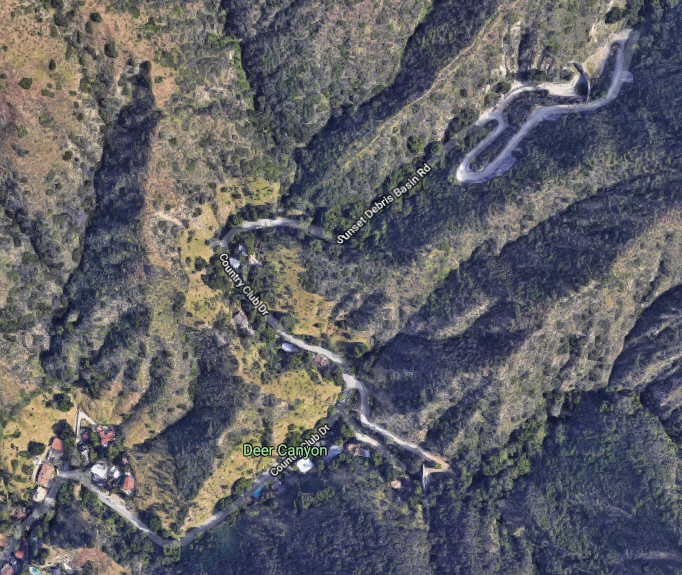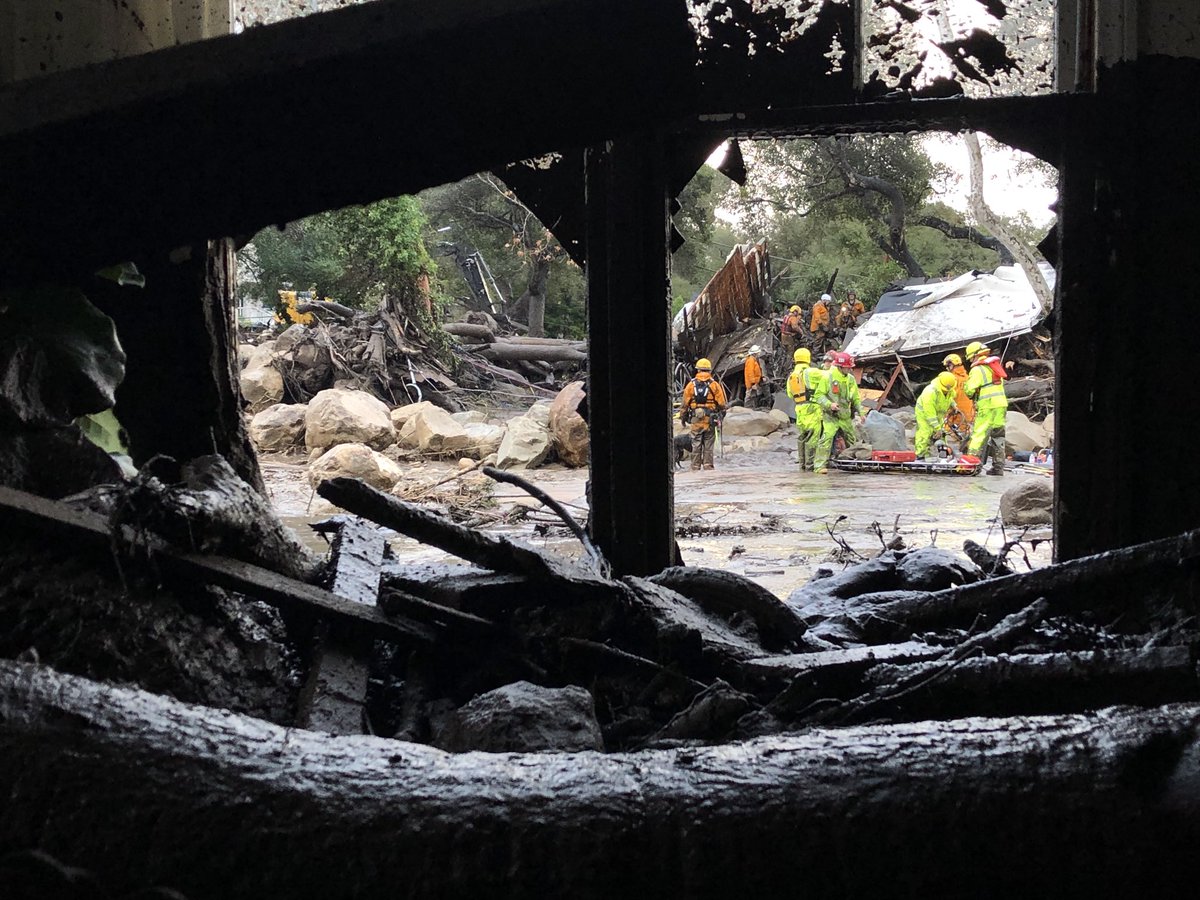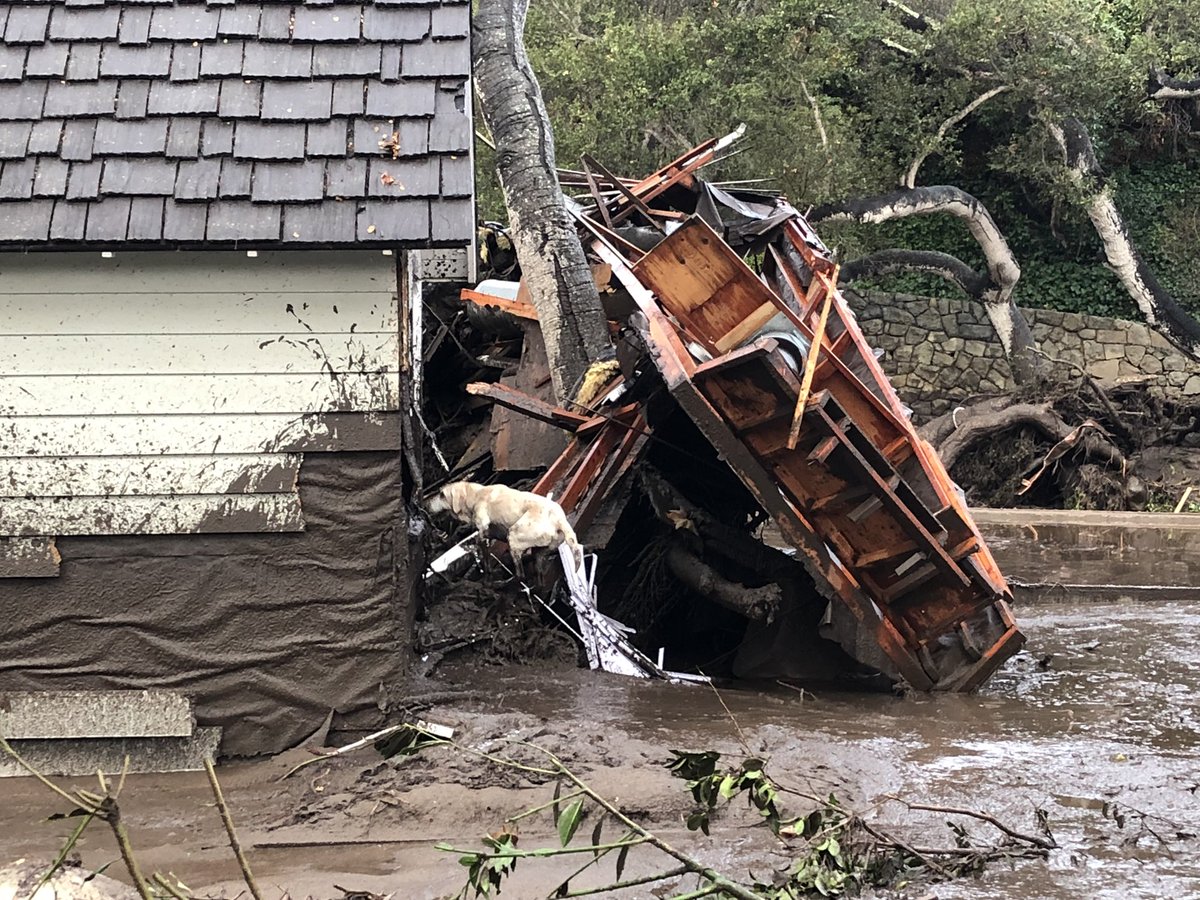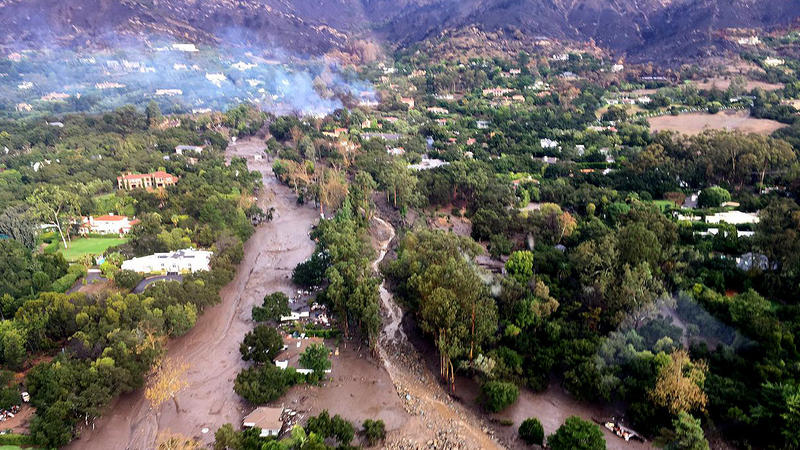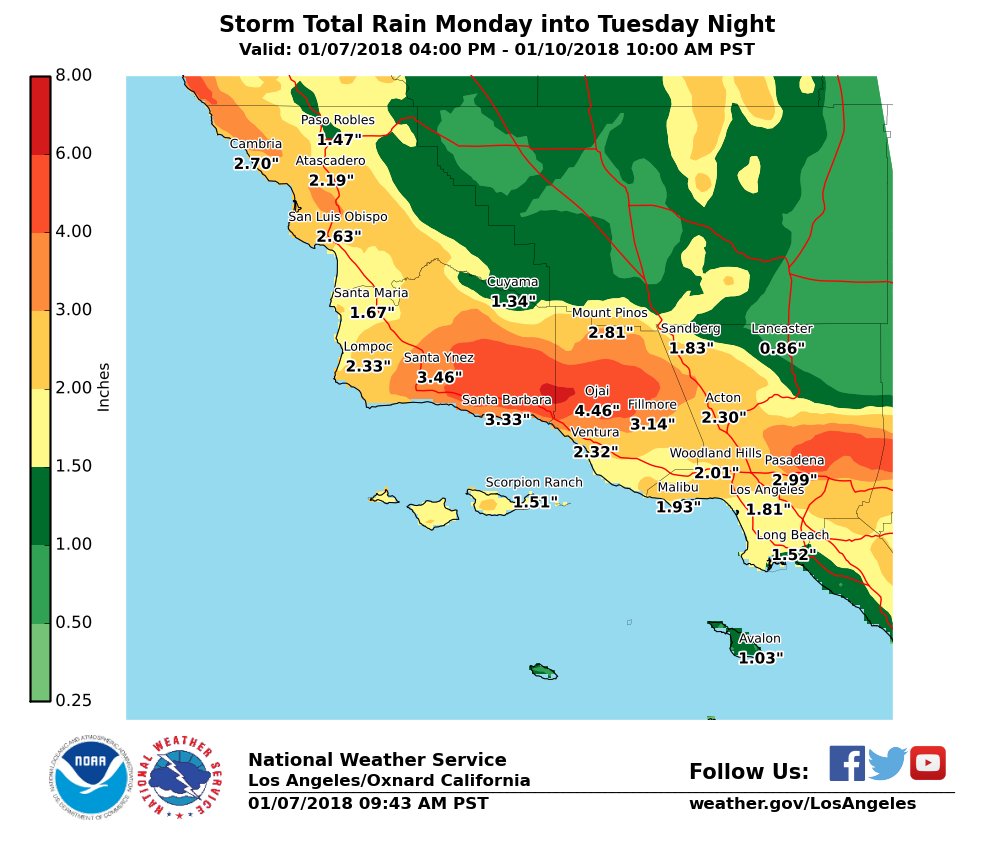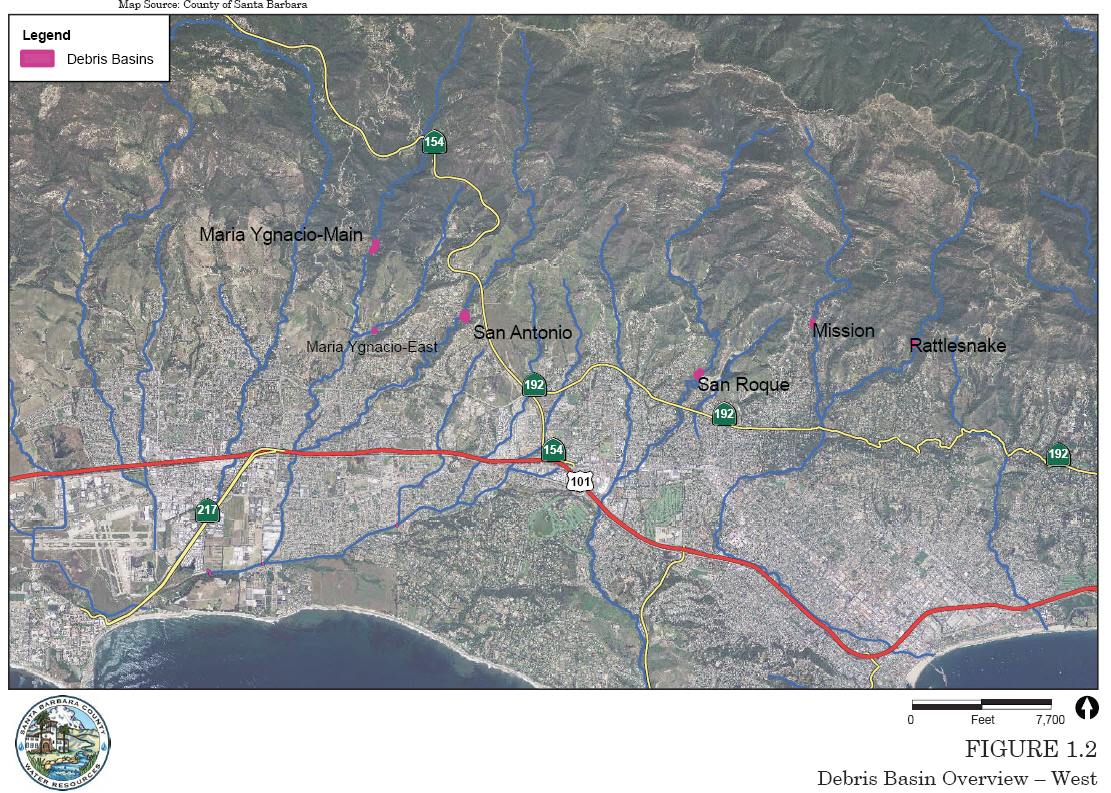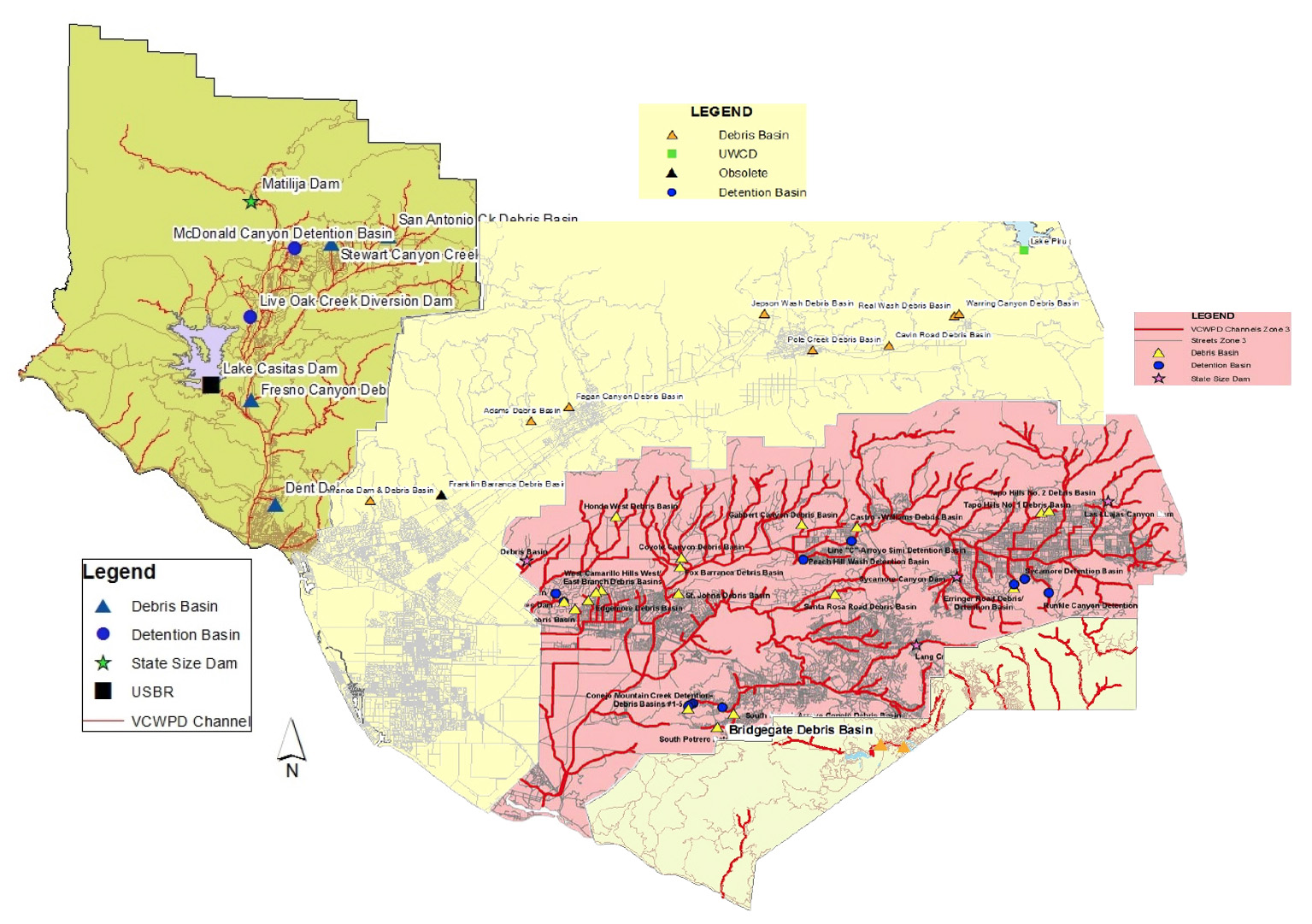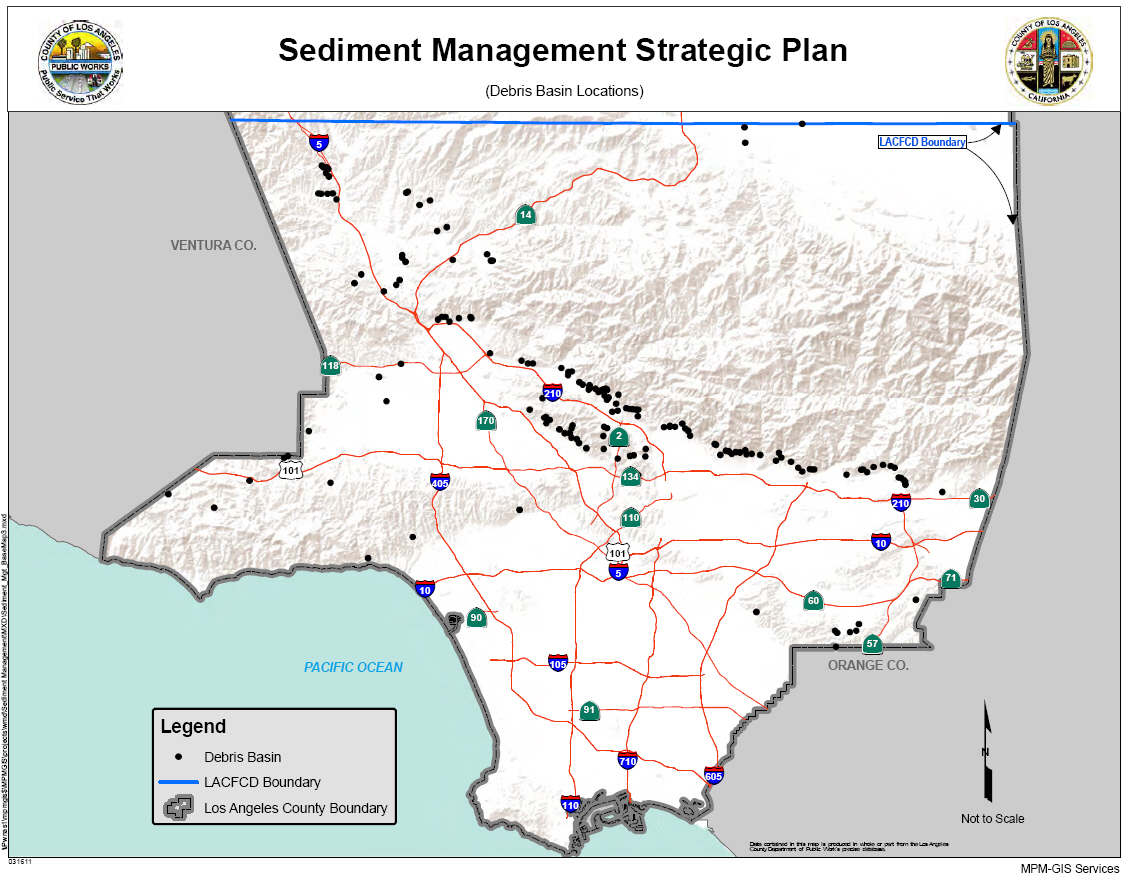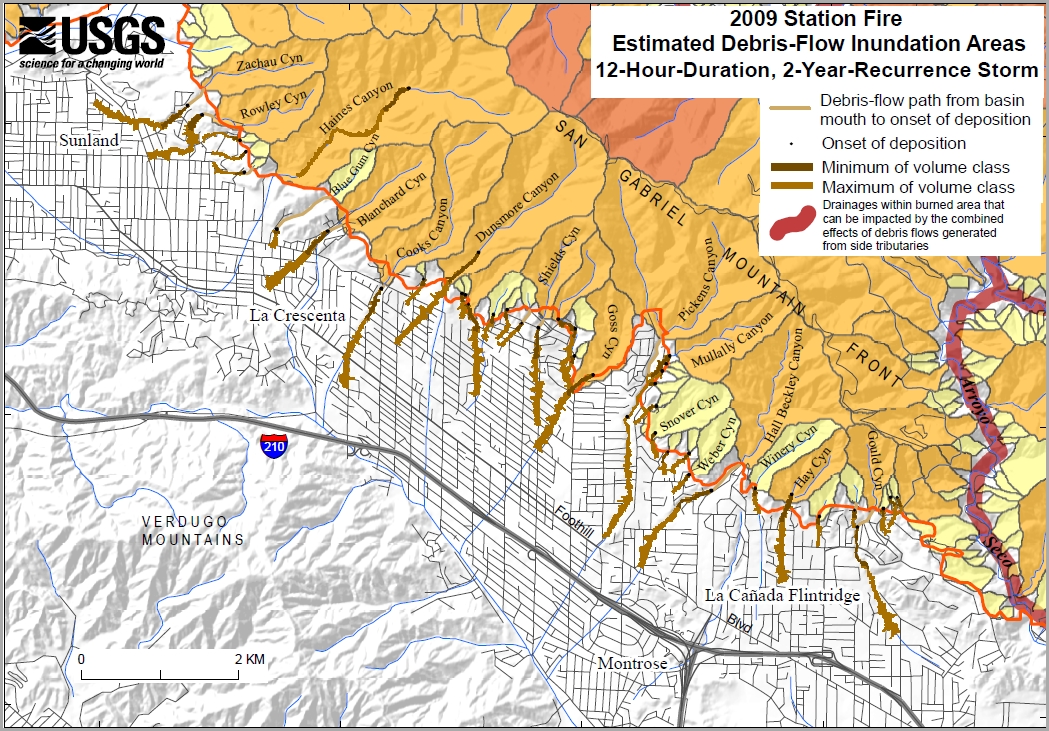When two continental masses happen to move on a collision course, they gradually close out the sea between them – barging over trenches, shutting them off – and when they hit they drive their leading edges together as a high and sutured welt, resulting in a new and larger continental mass. The Urals are such a welt. So is the Himalaya. The Himalaya is the crowning achievement of the vigorous Australian Plate, of which India is the northernmost extremity. India in the Oligocene, completing its long northward journey, crashed head on into Tibet, hit so hard that it not only folded and buckled the plate boundaries but also plowed in under the newly created Tibetan plateau and drove the Himalaya five and a half miles into the sky. The mountains are in some trouble. India has not stopped pushing them, and they are still going up. Their height and volume are already so great they are beginning to melt in their own self-generated radioactive heat. When the climbers in 1953 planted their flags on the highest mountain, they set them in snow over the skeletons of creatures that had lived in the warm clear ocean that India, moving north, blanked out. Possibly as much as twenty thousand feet below the seafloor, the skeletal remains had formed into rock. This one fact is a treatise in itself on the movements of the surface of the earth. If by some fiat I had to restrict all this writing to one sentence, this is the one I would choose: The summit of Mt. Everest is marine limestone.
So wrote John McPhee in Basin and Range, one of five books collected in his Pulitzer Prize-winning geological history of North America, Annals of the Former World (1998), whose volumes are Basin and Range (1981), In Suspect Terrain (1983), Rising from the Plains (1986), Assembling California (1993), and Crossing the Craton (1998).

